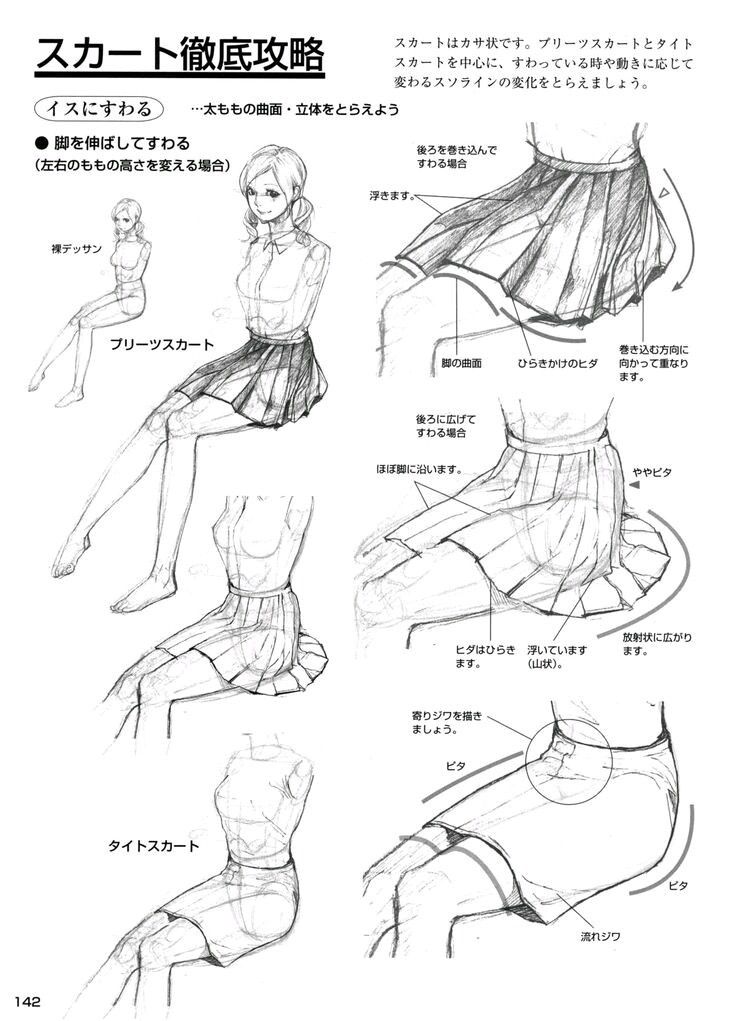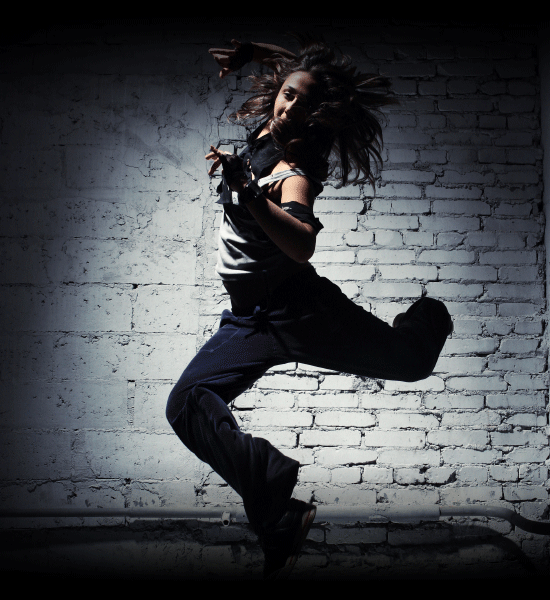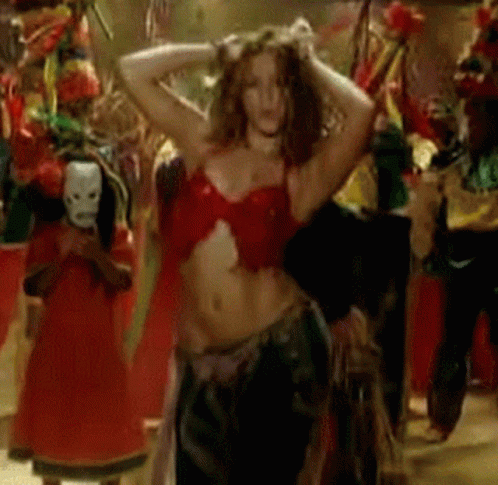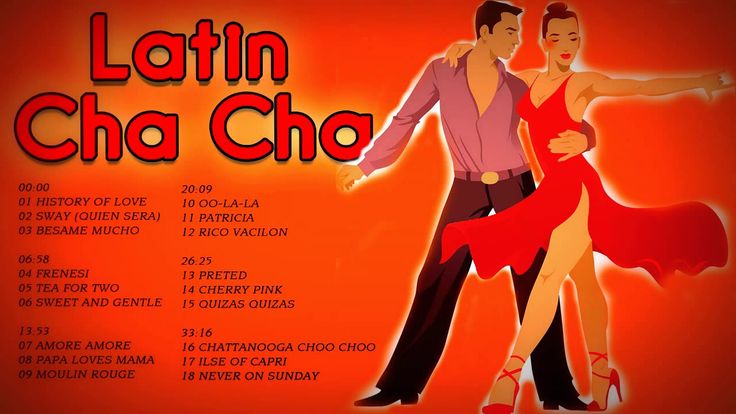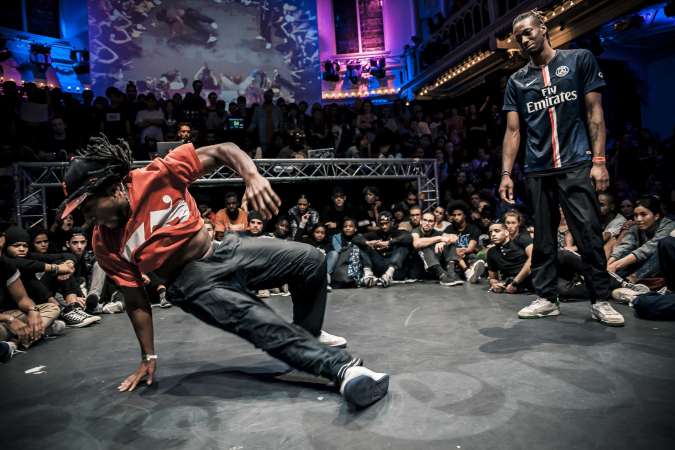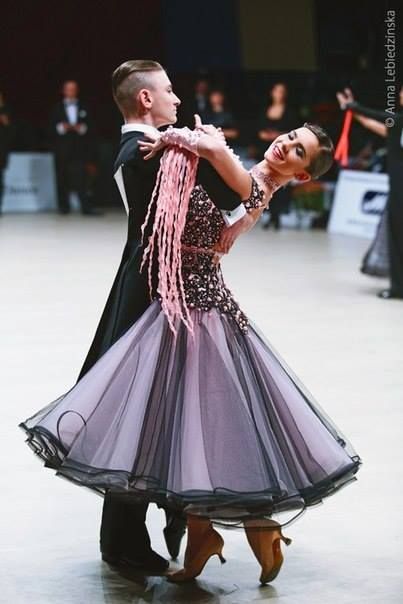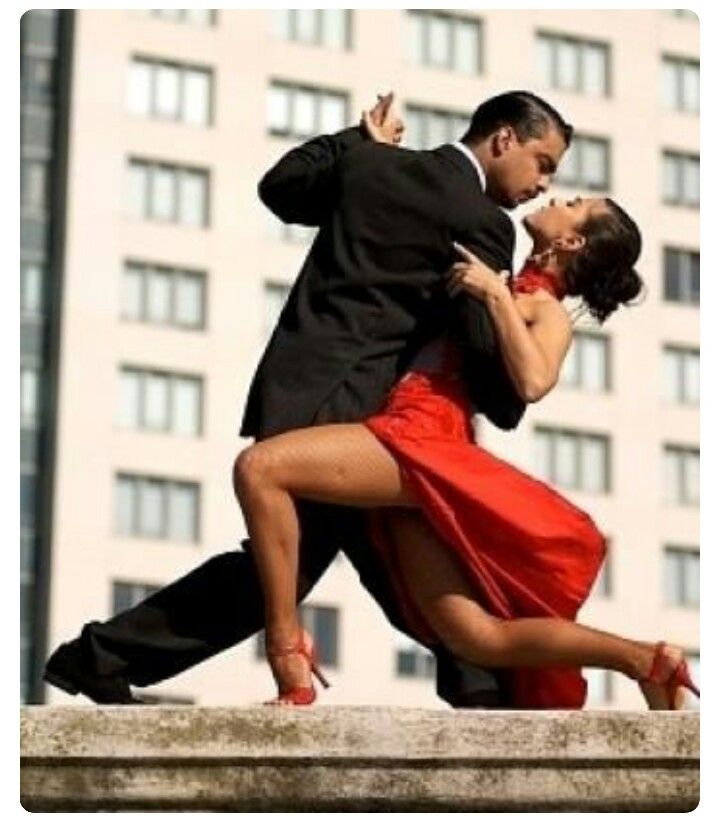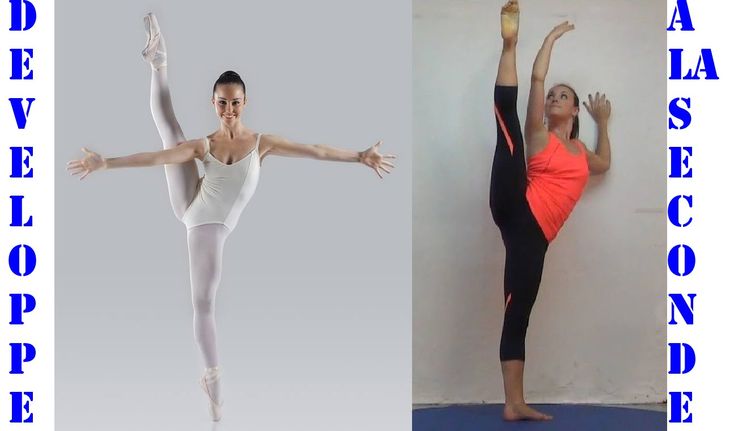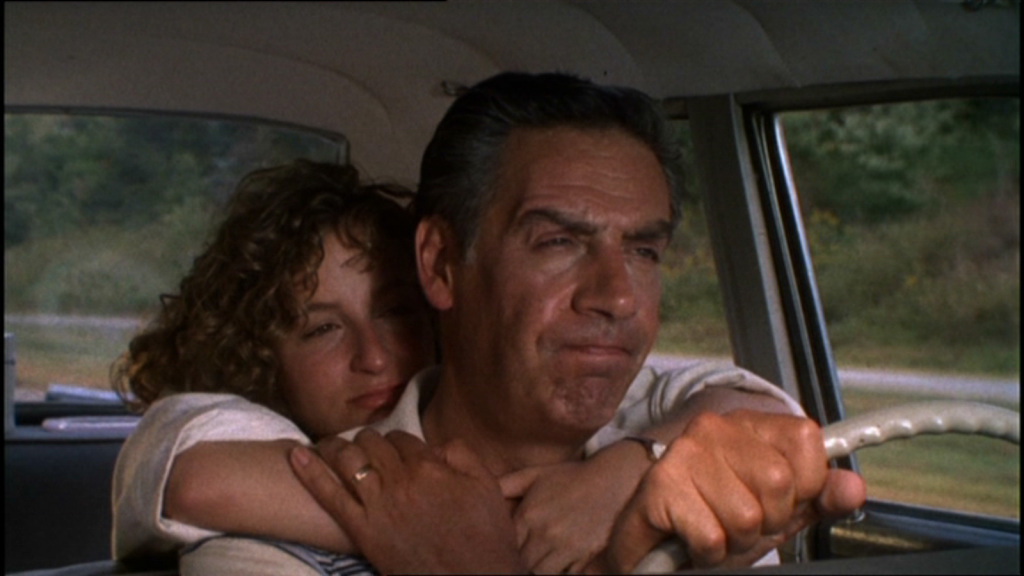How to not get dizzy when dancing
Hot to spin without getting dizzy 😵 • Dance Pandemic
You’ve just started dancing a short time ago and you would like to learn how to spin without getting dizzy or loosing balance.
In the video below, I’m sharing with you 3 basic exercises to spot while you turn, but let me share some bits before.
Why do I get dizzy when I spin?
Spinning used to be one of my biggest challenges in the past, and they still are, but just in a different level.
If you have just started dancing, you might be interested in this other article I wrote: Bellydance: your first steps.
I remember the feeling of loosing my balance, the feeling of not knowing where and how to stop. I used to feel scared of turning, to be honest, and most of my problems came from the same place, the lack of spotting.
Spinning techniques
Apparently this seems to be not very important, and we don’t take it seriously. You start turning without control, and then you start worrying about not having your feet well positioned or because you can’t coordinate your arms.
And you keep on practising, mostly on your own (because in any decent class your teacher would tell you about the spotting technique and would make you practice it).
Until one day you discover that thing they call spotting in ballet
This means hooking your eyes to a still spot while you turn.
Having a spot is like having and anchor, like having a place to hold on with your sight, even if it’s a virtual holding spot it helps. A safe place to hold on, a reference.
On a brain level, when you use the spotting technique, you are avoiding dizziness (or at least your are delaying dizziness), because the information your brain is receiving from your eyes and ears is the same.
Let me explain myself a bit better: When you go in a car or a train, if you pay attention to the trees that are passing over, your eyes are going crazy trying to focus on every single one of them, while your ears are sending the signal to your brain that everything is still.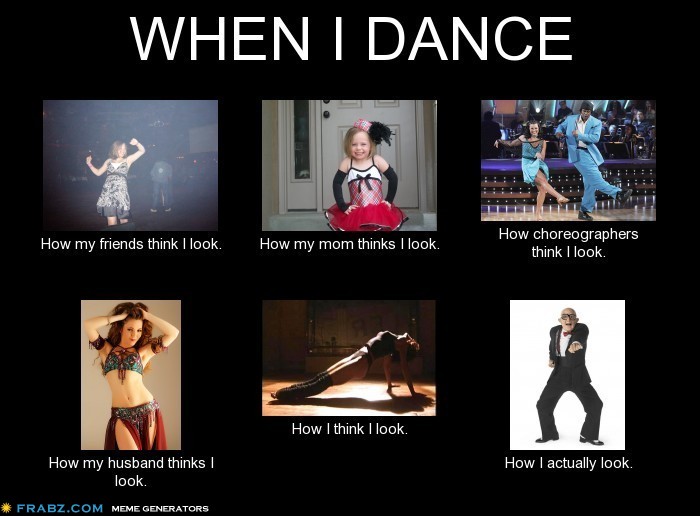 Different information in your brain from different sources causes dizziness.
Different information in your brain from different sources causes dizziness.
This video from Science for Kids explains it very well.
This is why it’s better to focus your sight on a place, and if that spot is far away, even better.
Spot in balletThere are some specific turns when we won’t spot, specially in ethnic dances. My philosophy is always: the more tools you have, the better. Later on you’ll be free to decide what to use and when to use your tools.
And here comes the question,
How can you develop the coordination you need to keep that spot? In today’s video I’m sharing with you 3 easy exercises in less than 5 minutes, and you will have enough material to work on for weeks.
Remember that discipline is a basic if you are willing to improve. Nothing is learnt from one day to the next. Don’t get frustrated if you don’t manage to do it when you try it for first time.
To sum up, spotting gives you:
- Less or none dizziness.

- Capacity to move through space/stage.
- A better balance.
It’s worth to learn the spotting technique, isn’t it?
And after watching todays vid is your turn, as usual.
Share with us in the comments below: Had you been taught before about this topic? Do you usually practice it or you just ignore it? Have you noticed any differences in your turnings thanks to spotting?
I’m interested in your experience and I get really excited when I get comments
Thanks a lot for your visit.
Hugs,
Zahida.
3 Tips for Latin Dancers
Share this article with somebody
You’re spinning, once, twice, and—oh dear, the room is spinning faster than you are. Your partner’s face is blurred, you can’t focus, and you desperately hope the next move isn’t too fast or you might fall over. You’ve gone dizzy.
You’ve gone dizzy.
Whether it’s a spin- or turn-heavy routine in a class or the combination of an enthusiastic spinner and a fast song in a social, we’ve all gone dizzy from dancing too many spins before. It’s practically a rite of passage for beginner dancers.
But there are ways to reduce the likelihood of going dizzy when spinning in salsa, bachata, and other partner dances.
1. Refine Your Spin and Turn Technique
Bad technique will increase the likelihood of you going dizzy or losing your balance. Your teacher has probably drilled turn preparation, frame, posture, and spotting in class with you, and there are plenty of ways to practise this at home.
Spotting is one of the trickier parts of turn technique. It comes from ballet and will help you to not get disorientated while turning and spinning. It’s the act of focusing on a specific spot, even as you spin multiple times. In salsa and bachata, the spot should be at your eye level.
You can see the ballerina Nina Kaptsova spotting during this performance of the Nutcracker:
While challenging, spotting is a powerful technique. Researchers at Imperial College London have even studied the impact of spotting to find solutions to chronic dizziness. According to them, regularly spotting reduces the size of the part of the brain that is responsible for perceiving dizziness. In other words, it has a long-term effect as well as an immediate one.
Some people believe the reason spotting prevents dizziness is psychological rather than physical. Others argue that the technique does have a physical basis. Yet regardless of why it works, it will help you do sharp, controlled turns with good finishes—and this will reduce the likelihood of the room spinning long after you’ve come to standstill.
How to Practise SpottingWe often say that your head should be the last body part to leave and the first to arrive when you spin. Or, to put it another way, your body and your head turn at different rhythms. While your body should rotate at an even speed, your head should stay focused on your spot or your focus point for as long as possible. When you finally cannot keep looking at it, you need to quickly turn your head to find the spot again. So, during a double spin, your head will actual rotate rhythm to this rhythm: still—fast—still—fast—still.
While your body should rotate at an even speed, your head should stay focused on your spot or your focus point for as long as possible. When you finally cannot keep looking at it, you need to quickly turn your head to find the spot again. So, during a double spin, your head will actual rotate rhythm to this rhythm: still—fast—still—fast—still.
Spotting is difficult to do well at first. It isn’t a body isolation that comes naturally to us. However, mastering it is worth the effort. Try these practice techniques (and remember to do them in both directions!):
- Stretch your neck beforehand. Spotting can be an intense body movement, especially during fast spins.
- At the beginning, pick something that’s easy to spot, such as a door frame or a vase, rather than an imaginary point on a blank wall.
- Rather than jumping straight into spins, start by practising spotting while slowly rotating. Walk the rotation; inch your way around if you want. The slower and steadier, the better.

- Make sure you’re spotting on a flat plane. If you accidentally whip your head up or down while spotting, you will pull your entire body off balance.
- Practise spotting with half-turns and walked turns before you upgrade to spins.
- When you’re comfortable spotting during multiple spins, try alternating spin directions. So: one to the left, one to the right, and one to the left again.
Don’t forget the rest of your turn and spin technique: good posture, a tense core, bent knees, thighs together, and upper-body-led momentum will help you spin in a more controlled and balanced way. Avoid the temptation to “kick off” with your feet as it will propel you off balance. Make sure you are completely over your foot when turning: it is your axis. No matter how hard you’re concentrating, remember to breathe.
When practising led turns as a follow, keep up with your turn arm, the arm with which the lead is signalling the turn—don’t let it rotate faster than you. Watch how Carine of Carine y Rafael always stays with her turn arm in this video, even as she changes her focus point and her leg position:
Watch how Carine of Carine y Rafael always stays with her turn arm in this video, even as she changes her focus point and her leg position:
2. Spin Every Day
A few turns a day keeps the dizziness away—yes, seriously. The more you get used to spinning and turning, the more your body will adjust to it.
Have you ever gone several months without making a car journey, only to get in a car again and find yourself suddenly suffering from motion sickness? If so, you’re not the only one. This is a common occurrence that happens because your body is no longer used to this type of movement. It needs to adapt to it once again, and until it does, you’ll suffer from wooziness.
The same thing happens with spins and turns. If you do them often, your body will get used to them and you won’t get as dizzy. However, if you only do them every now and again, your body will struggle. This is particularly likely to happen if you regularly lead but occasionally follow, if you avoid spins on the dance floor and only do them in classes, or if you normally dance less spin-filled styles but sometimes venture into the cross-body salsa room.
So, if you’re suffering from severe dizziness when spinning and turning, try doing a couple every day. Keep your practice short enough that you don’t go dizzy, but frequent enough that your body can gradually get used to it.
Different Ways to Drill Turns and Spins at HomeDepending on how comfortable you are with spins and turns, you might prefer different drills. Some are slightly easier, some are harder, and some will test different skills. Whichever techniques you do, make sure to do them in both directions.
Here are some suggestions:
- A walked, basic turn with spotting.
- The clock technique: start with a quarter-turn and then gradually increase your turn one quarter at a time, i.e. go from a quarter-turn to a half-turn to a three-quarter turn to a full turn and so on. This is great for improving your control, especially during the stop. Don’t forget to spot!
- Travelling half-turns: lock your legs, one knee tucked behind the other, and do half-turns across the dance floor.
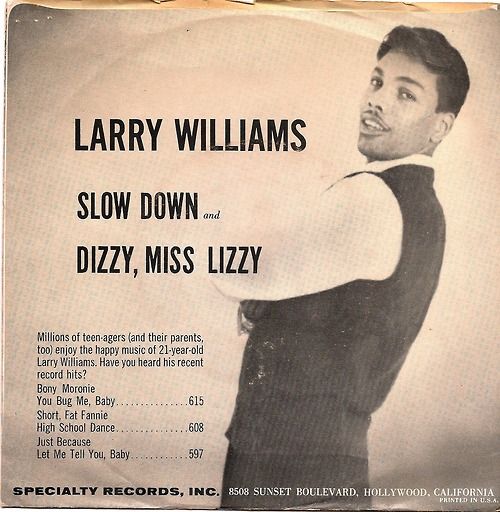 As well as focusing on your spotting, you can place an object between your legs to make sure your thighs are touching. Don’t forget to stay on your line, too.
As well as focusing on your spotting, you can place an object between your legs to make sure your thighs are touching. Don’t forget to stay on your line, too. - On-the-spot spin preparation followed by a single spin. This can be upgraded to a double or triple spin later.
- Travelling spins: step, spin, and repeat. If you alternate spin direction, you can skip the steps. This exercise will also drill your weight changes and controlled finishes.
- Spinning with one leg raised, even when you stop; this is a tricky drill that will help you practise your control over your speed and finish.
- Spinning at different speeds; again, this will help you improve your control.
3. Look After Your Body
Dancing isn’t the only thing that will leave you lightheaded. Especially on weeknights, it’s easy to rush straight from work or university to a salsa class, gulping down a sandwich on the way. Yet this is only going to leave you more likely to feel dizzy when you attempt to that double spin.
Make sure to eat enough (but not too much!) before classes. You might find it’s a good idea to pack some small snacks in your dance bag. Skip the rich chocolate and go for energising food like bananas or nuts. Drink plenty of water, too.
Environmental issues can also be a problem. If it’s too hot and stuffy, step outside for some fresh air. It doesn’t matter if you miss a couple of songs. You’ll enjoy them more if you’re feeling refreshed, anyway.
While drinking alcohol at dance parties can be fun, remember that it will increase the likelihood of you getting dizzy. If you think you’re too tipsy for fast turns, tell your partner beforehand.
Sometimes, the issue is off the dance floor. If you’re overworked, not sleeping enough, stressed out, or anxious, this can also make dizziness more likely. And if you’re regularly feeling dizzy during everyday activities, make an appointment with the doctor.
In most cases, though, the reason you’re dizzy is simple: you’re not used to doing so many turns. And fixing it just takes a little practice. So, keep persevering! Don’t let your dizziness put you off. The hard work will be worth it when you can confidently spin your way across the dance floor.
And fixing it just takes a little practice. So, keep persevering! Don’t let your dizziness put you off. The hard work will be worth it when you can confidently spin your way across the dance floor.
Feature photo credit: Alex Goncharov / Shutterstock.com
Ella Baila
Ella Baila is the alias of a bachata teacher. She dabbles in most Afro-Latin dances and is blues-curious.
How dancing helps get rid of dizziness and become smarter
November 15, 2013 Advice
Many men do not take dancing seriously and consider it an activity exclusively for girls, and even then not for everyone. Especially often from our men you can hear: "Men don't dance!". And rightly so, the occupation is not serious!
musatovvadim
But in fact, dance is not only exercise for your body. It is also a kind of brain trainer! We have already published articles that playing sports, and running in particular, spur a person's cognitive abilities. Now it's time for the dancing. nine0003
Now it's time for the dancing. nine0003
Dancing improves brain function at various levels. Two recent studies have shown how different types of dance enable dancers to achieve peak performance by blending cerebral and cognitive processes with muscle memory and proprioception.
Proprioception, proprioception (from Latin proprius - "own, special" and receptor - "accepting"; from Latin capio, cepi - "accept, perceive"), deep sensitivity - a sense of the position of parts of one's own body relative to each other. nine0003
Through aerobic exercise at least twice a week, which combines different types of dance, everyone can maximize their brain function. Of course, we are not talking about the convulsive impulses of the body, which many people try to pass off as a dance, but about a dance in which not only the body, but also the brain is included in the work.
Professional dancers never get dizzy. Why?
If you are prone to dizziness, then you need to learn how to dance! A new study has found that dancing can help manage dizziness and improve balance. In September 2013, researchers at Imperial College London reported that choreographers have a slightly different brain structure than non-dancers. And it is these specific differences that help them avoid dizziness during pirouettes. nine0003
In September 2013, researchers at Imperial College London reported that choreographers have a slightly different brain structure than non-dancers. And it is these specific differences that help them avoid dizziness during pirouettes. nine0003
Movement Visualization Helps Improve Muscle Memory
Another study, published in an article on psychologicalscience.org, showed that dancers are able to break down a dance into parts in their minds and mentally go through each movement, leaving “markers” of sorts.
Findings published in Psychological Science suggest that this labeling may alleviate the conflict between the cognitive and physical aspects of dance. This is what allows the dancers to memorize the movements and perform them smoothly. They seem to be in a flow. nine0003
And at this time, their brain is working to its fullest, thinking through each step and connecting it with the next as smoothly as possible. So that from the outside it looks like one single, smooth movement, and not a set of separate intermittent ones.
How can this be applied?
How can the above research be applied to the everyday life of the common man, rather than the professional dancer?
If you learn to control the part of the brain responsible for this, you can help many people who suffer from dizziness that is not related to other problems in the body. Scientists are just working on this problem. nine0003
Dr. Barry Simangle of the Imperial College Medical Department has worked with many patients for whom dizziness has become a real problem. Ballet dancers are able to train their brains so that they stop feeling dizzy. So doctors wondered if they could use the same principles to help their patients.
Visualization and synchronization are quite applicable, for example, in the study of foreign languages. As in the case of dancing, the brain needs to perform two actions at the same time - to translate a word from one language to another. And not just translate, but put them into sentences. In addition, if the languages differ significantly from each other, you have to work twice as hard. nine0003
nine0003
It turns out that in order to benefit from dancing, it is not at all necessary to become a professional dancer. Dancing for the soul just a couple of times a week is a great way to improve the functioning of the cerebellum, keep the body in good shape, remove the unpleasant feeling of dizziness from your life (one in four people get dizzy at least occasionally) and facilitate the process of learning, for example, foreign languages. . I am generally silent about the fact that dancing is an excellent socializing factor.
How do you feel about dancing?
How to deal with tension while dancing
Many dancers, even very experienced ones, have such a problem as fear of the audience, excitement before going on stage or even during training, and the tightness that follows from this, which literally breaks the whole dance. Here you are standing on the floor, or even in an ordinary rehearsal room in front of the coach, and you start thinking that you are in the spotlight, that everyone is looking at you, how you look now, how not to forget the movements, get into the rhythm, etc.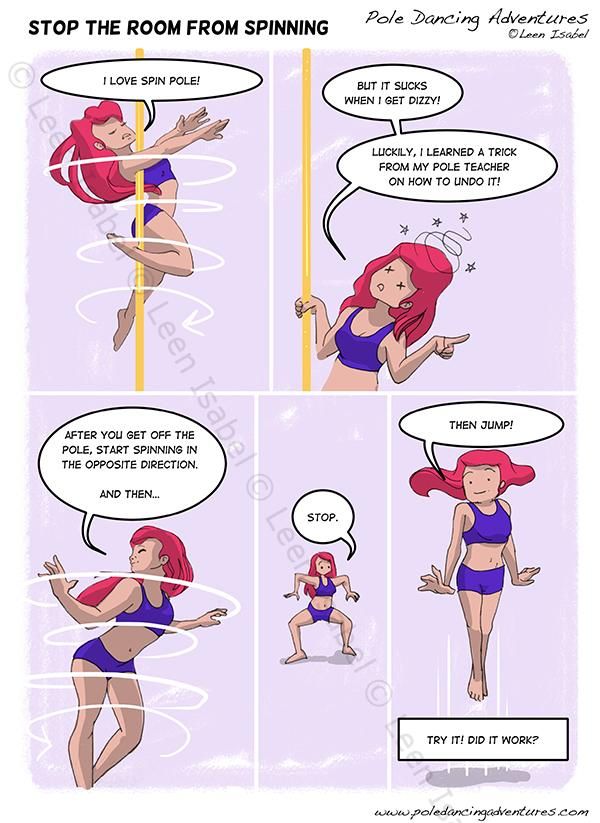 d. Bottom line: panic, stiffness, unnaturalness and nervousness. Familiar? Then this article is for you. nine0003
d. Bottom line: panic, stiffness, unnaturalness and nervousness. Familiar? Then this article is for you. nine0003
So, what do you do to calm down, gain confidence and finally enjoy the dance itself, and maybe even the realization that everyone is looking at you and your great performance? There are several ways.
Relax
First try to learn (learn very well) the movements themselves. Let it be a little "wooden", that's okay. And then, when the movements reach automatism, try to relax, treat the dance with calmness. Feel the music, immerse yourself in it. Movement will become much more relaxed and natural. The main thing is not to overdo it with "carelessness", you need to find a middle ground between ease and tension, which is also necessary in moderation. nine0003
Go to dance parties, dance floors, discos
Go to discos more often, where there are many people like you, where you have the opportunity to relax and try dancing for yourself. Surely, when you dance, being alone, for example, at home, you do it easily and freely, and you get upset that it is much more difficult to do it in public. When you are at a disco, in a noisy crowd, among hundreds or dozens of people, no one will notice your mistakes, no one will correct and judge you, like in an exam. So you can just forget yourself and feel confident, as if no one is looking at you. nine0003
When you are at a disco, in a noisy crowd, among hundreds or dozens of people, no one will notice your mistakes, no one will correct and judge you, like in an exam. So you can just forget yourself and feel confident, as if no one is looking at you. nine0003
Improvise
Improvisation is a very rewarding experience. Turn on good, dynamic music and dance the way you want, the way you feel. Even if there are no such movements in a particular direction of dance, it does not matter. The important thing is that it relaxes well, helps to feel your body, establishes a dialogue between the mind, feelings and body. To know your body, to be able to fully - both physically and emotionally, to immerse yourself in music - is necessary for any dancer.
Dance for yourself
And finally, the main thing - dance for yourself, no matter how selfish it may sound. Learn to have fun, make it so that you are moved by music, so that during the dance the only thing that would be essential for you is the dance itself and nothing else: neither the reaction of the audience, judges, coach, nor your appearance - you can think about this after.
